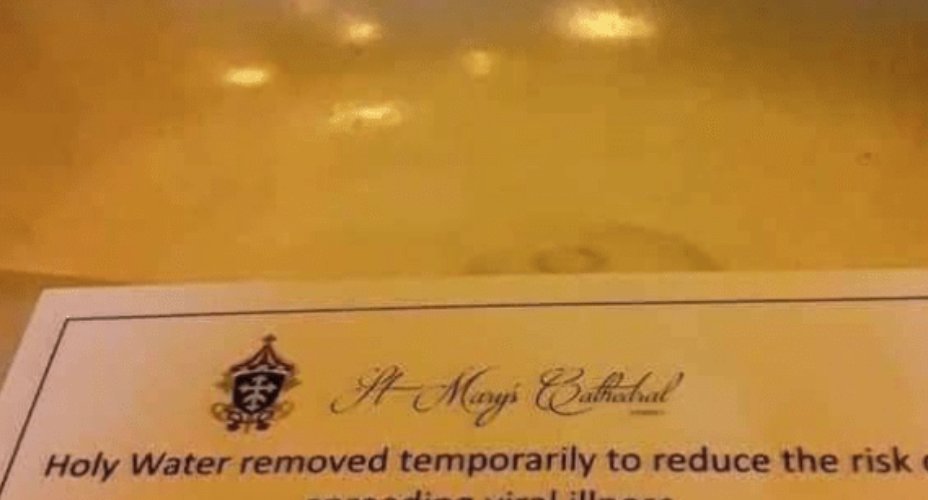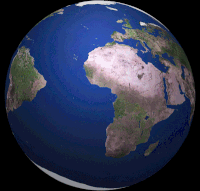
We are living in surreal times.
The world as we knew it just over a week ago has been brought to a halt by the COVID-19 pandemic. After the virus devastated China’s Wuhan province, it spread through Asia to Europe and now the rest of the world. Our daily lives have been disrupted in a way never seen in our lifetimes.
I have for weeks been concerned about the virus. Most of my family lives in Italy, a nation hard hit by it. My many uncles and aunts — all 65 and older and therefore more at-risk of dying — have not left their homes after the government imposed a national lockdown. What has happened in Italy and now the rest of Europe could certainly happen in the United States.
There has been some very good journalism being done. My go-to sources for news have been The Associated Press and The New York Times. For broader context and commentary have been valuable resources such as The Atlantic and The Economist. We must give these journalists praise and thanks for the long hours they have been putting in to inform us all. In a time where misinformation can lead to death, the press should be largely lauded for their efforts. I can tell you, as someone who covered a massive event like the Sept. 11 attacks and its aftermath, that newsrooms are in overdrive at this moment and will be for months.
While the aforementioned four media outlets — and the countless others — have done an exceptional job covering the pandemic, so have Catholic news organizations. For those across the Catholic doctrinal spectrum, the religious press has also done a wonderful job covering Covid-19 from a faith perspective. EWTN, with its TV and radio broadcasts as well as digital media, has done a wonderful job.
In particular, Catholic News Agency has updated readers with a constant stream of stories over the past few weeks.
The mainstream press, other than focusing on churches going remote during this time of social distancing (and the usual questions about Holy Communion from a “common cup”), hasn’t bothered much with the religion angle.
There have been some solid stories and opinion pieces. My favorite was by Esau McCaulley, an assistant professor at Wheaton College, who recently penned an op-ed in The New York Times with the headline, “The Christian Response to the Coronavirus: Stay Home.”
This is a section that stood out to me:
But what happens when the church is a part of the danger?
With the novel coronavirus spreading rapidly, this is not simply a question for individual church members. The pandemic forces the church as an institution to consider its role during a time of crisis. Many religious communities are suspending their typical operations. The Church of Jesus Christ of Latter Day Saints has stopped services worldwide. The Catholic Church in Rome shuttered its doors temporarily. Much of Washington State has done the same. What should we think about this? Are Christians abandoning their responsibility to the sick and suffering?
Some Christians may be tempted to look back on their history of remaining physically present during times of distress. Starting around 250 A.D., a plague that at its height was said to kill 5,000 people a day ravaged the Roman empire. The Christians stood out in their service to the infirm. Because they believed that God was sovereign over death, they were willing to minister to the sick even at the cost of their lives. This witness won many to the Christian cause. Should we follow their example and gather to celebrate in word and ritual, in the sermon as well as the bread and the wine?
Doctors and nurses of faith can indeed draw upon this story today to inspire them to tend to those sickened by the pandemic. What about the rest of us? This remains certain in the ever-shifting narrative of Covid-19: the most effective ways of stopping the spread of the virus is by social distancing (avoiding large gatherings) and good personal hygiene (washing our hands). The data suggests that what the world needs now is not our physical presence, but our absence.
Doctors and nurses of faith? Who are these people?
Why not explore that angle in a news feature? Can a person believe that both science and religion can be used to combat the virus?
Case in point: Dr. Anthony Fauci. As both a scientist and head of the National Institute of Allergy and Infectious Diseases at the National Institutes of Health, Fauci has been called “the nation’s leading expert on infectious diseases.” He’s also been one of the few credible voices during a time of crisis.
That’s what a recent Times feature called him. Did it mention faith? Not at all.
AP did their own feature about the straight-talking, 79-year-old New York native. Did it mention faith? Nope!
What about a CNN.com profile of him? Ditto.
We know from that story that Fauci is Italian American and grew up a Yankees fan. That there is no curiosity about Fauci’s faith — and that of medical staff on the front lines of this war — is quite revealing once again that the mainstream press thinks the two are potentially at odds with one another.
Fauci made a name for himself fighting AIDS in the 1980s. In an interview on The Colbert Report in 2011, Fauci talked about fighting the disease. The interview, which touches on religious themes, is worth a watch.
Fauci’s past is loaded with religion. He grew up in an Italian-American home that were devout Roman Catholics. He went to Regis High School, a prestigious Catholic school in New York City, and later attended Holy Cross College in Massachusetts.
A wonderful piece on him from CNA from 2014, during the Ebola crisis, reveals these details and the education that shaped Fauci into the man he is today. In the piece, Fauci is quoted as saying the following:
“There was a certain spirit of scholarship at Holy Cross,” he recalls, “that was not matched in anything I’d experienced. The idea of seriousness of purpose — I don’t mean nerdish seriousness — I mean the importance of personal development, scholarly development, and the high standards of integrity and principles that became part of everyday life at Holy Cross. And that, I think, was passed down from the Jesuits and from the lay faculty to the students.”
A faith angle in a story about science? It’s possible. One just needs to read the religious press for research and ask the right questions.













